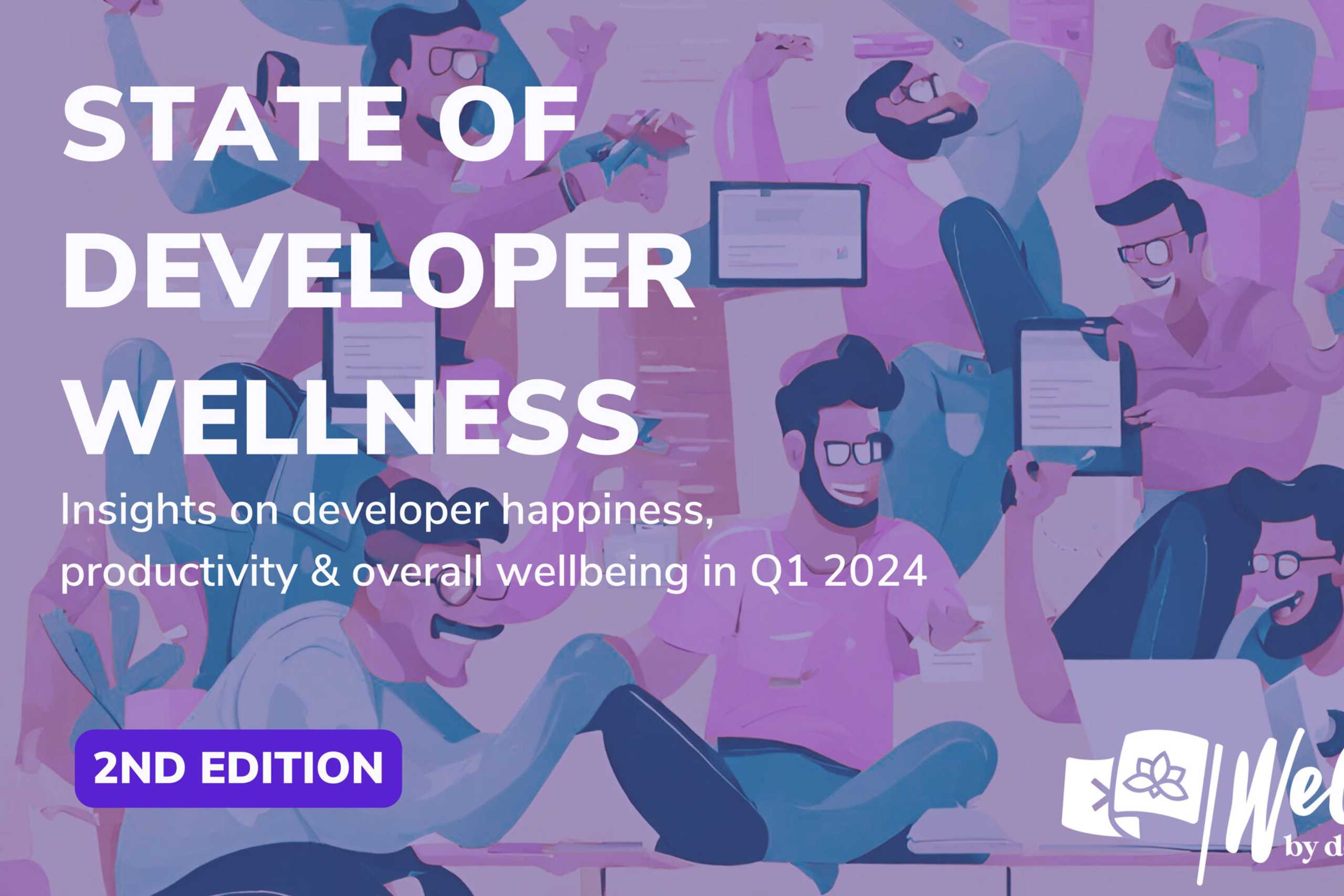
April 22, 2013
The “write once, run anywhere” concept may be pure fantasy for most apps but sharing code across platforms is desirable and in some cases essential to making projects economically viable. With the application frameworks for all the biggest platforms being in different languages, the market for Cross-Platform Tools (CPTs) to enable code reuse is understandably the largest one (in terms of number of competing solutions) we track. The time required to evaluate all of them is far beyond what most developers can afford to spend on such research. So, which tools are the best?
Balancing mindshare with developer ratings
In our last developer survey we asked CPT users to tell us what they considered most important when choosing a CPT and also to rate their primary tool (some developers use several) across multiple criteria. Because that report was primarily about tools, several of the CPT vendors promoted the survey to their developers. Although we try to weight responses resulting from different promotions to attempt to remove this sampling bias in our statistics, it’s not possible to eliminate it entirely from the relative popularity of the tools themselves. As such, although the developer mindshare is a useful indicator of quality tools, we shouldn’t trust that alone. Amongst the most popular tools, it turns out that CPT users are generally very happy with their choices.
The average score out of 5 for all of the tools with more than 30 sets of developer ratings is close to 4 and weighting that by the relative importance of each aspect increases the average for all of the tools except Qt.
Compare with care
[tweetable]It’s important to be careful when comparing scores for individual tools[/tweetable], since they may reflect the typical backgrounds and expectations of developers using them rather than some absolute rating. For example, Sencha scored 4.08 for “Native UI look and feel” despite having pure HTML5/JS/CSS components while Appcelerator only scored 3.86 here despite binding JavaScript logic to actual native components! Haxe (pronounced Hex) also shows a couple of issues like this. It’s a relatively unknown code translation tool which seems primarily targeted at former Flash developers, although by no means limited to that audience. Since the Haxe language can be compiled to most of the major programming languages it scores very highly on “Availability across platforms”. However, it’s important to note that unless developers want to build their own application framework from scratch or integrate with one in the target language manually they’ll also need NME, which does support a very wide range of platforms but not as many as some other CPTs. NME’s feature set is fairly gaming oriented, with access to further native APIs via native extensions, much the same as most of the other CPTs – there’s certainly not sufficient additional API coverage built-in to justify the increased score. Clearly it’s important to make a more thorough evaluation of tools before making a selection, even so, lots of satisfied developers can be a good indication of an interesting tool to evaluate.
And the winners are…
Using the weighted average score as our benchmark, overall Haxe came out as a clear winner in developer satisfaction. Second place went to Sencha, which seems to come out top on almost all metrics (except popularity) amongst general purpose web-centric CPTs. A very close third was RunRev’s LiveCode, which has recently gone open source with a dual-licensing model. None of these top 3 tools by developer satisfaction have more than 12% mindshare amongst CPT users, let alone the wider developer population. They all cover mobile and desktop platforms and between them cater to most tastes – there’s a strictly typed language (Haxe), web standards (Sencha) or a very high level dynamic language (RunRev). All of them are free to get started with, why not give one of them a try and find out why their users are so happy? After all, a happy developer is a productive developer.
Contact us
Swan Buildings (1st floor)20 Swan StreetManchester, M4 5JW+441612400603community@developernation.net


